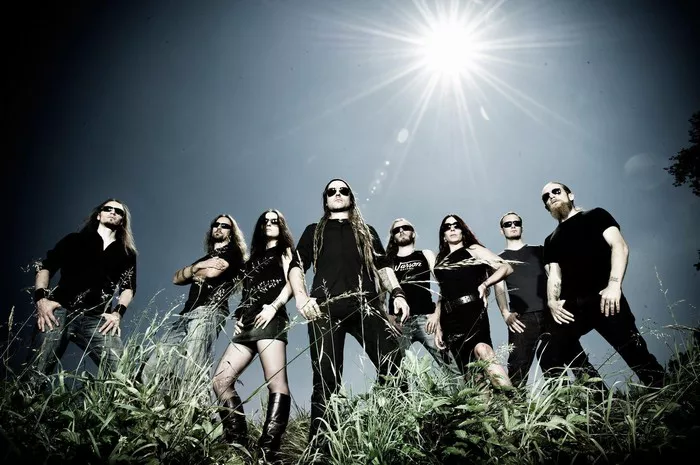Heavy metal, a genre born from the crucible of rebellion and artistic innovation, has undergone a remarkable evolution since its inception. From its humble beginnings in the late 1960s to its global domination today, heavy metal has grown, diversified, and adapted to changing cultural landscapes. This article embarks on a journey through time to explore the captivating evolution of heavy metal, witnessing its sonic metamorphosis and cultural impact.
Rising from the Ashes: The Birth of Heavy Metal
The roots of heavy metal can be traced back to the late 1960s when bands like Black Sabbath and Led Zeppelin began to experiment with amplification and distortion, giving rise to a new sound characterized by powerful guitar riffs and a darker lyrical edge. Black Sabbath’s self-titled debut album, released in 1970, is often hailed as the birth of heavy metal, with its ominous atmosphere and groundbreaking use of the tritone interval, also known as the “devil’s interval.”
The Decades of Transformation
1970s – Pioneering the Path
The 1970s saw the emergence of classic heavy metal, with bands like Judas Priest and Deep Purple refining the genre’s sound. The decade also introduced progressive elements with bands like Rush, adding complex structures and virtuosic instrumental prowess to the mix.
1980s – The Rise of Sub-Genres
The 1980s witnessed the birth of sub-genres like thrash metal, thanks to bands like Metallica and Slayer. Glam metal also gained popularity, characterized by flashy aesthetics and catchy hooks. Additionally, the NWOBHM (New Wave of British Heavy Metal) movement revitalized the genre with acts like Iron Maiden and Def Leppard.
1990s – Diversity and Experimentation
The 1990s brought a wave of diversity and experimentation. Grunge music, led by bands like Nirvana and Soundgarden, challenged the dominance of traditional metal. Meanwhile, sub-genres like death metal (Cannibal Corpse) and black metal (Mayhem) pushed the boundaries of heaviness and extremity.
2000s – Modernizing the Sound
The 2000s witnessed a modernization of heavy metal. Nu-metal (Linkin Park, Limp Bizkit) fused metal with elements of hip-hop and alternative rock. Metalcore (Killswitch Engage, As I Lay Dying) combined metal’s aggression with hardcore punk’s intensity. Melodic death metal (In Flames, At the Gates) gained traction with its harmonious yet aggressive sound.
The Current Landscape: A Global Phenomenon
In the present day, heavy metal stands as a global phenomenon with an incredibly diverse array of sub-genres and bands. The genre’s influence can be seen in various cultures, and its impact extends beyond music into fashion, art, and lifestyle. The advent of streaming platforms and social media has further accelerated the genre’s reach, enabling fans from all corners of the world to discover and engage with heavy metal music.
Frequently Asked Questions
Q1: How has heavy metal’s lyrical themes evolved over time?
A1: Heavy metal’s lyrical themes have evolved to reflect changing societal and personal concerns. While early metal often explored fantasy and occult themes, later sub-genres delved into social issues, personal struggles, and even introspective reflections.
Q2: How has the production quality of heavy metal evolved with advancing technology?
A2: Advancements in recording technology have significantly impacted heavy metal’s production quality. While early recordings had a raw and gritty quality, modern production techniques have allowed for cleaner, more polished sounds, enhancing the sonic experience.
Q3: Is heavy metal still relevant in today’s music scene?
A3: Absolutely. Heavy metal continues to thrive and evolve, maintaining a dedicated fan base and attracting new listeners. Its enduring appeal lies in its emotional depth, technical prowess, and ability to resonate with a wide range of human experiences.
Conclusion
The journey of heavy metal from its humble beginnings to its current global prominence is a testament to its resilience, adaptability, and unwavering spirit. As it navigated through various eras, heavy metal absorbed influences from diverse genres, resulting in a rich tapestry of sonic exploration. From classic riffs to experimental fusions, heavy metal’s evolution reflects the ever-changing landscape of music and culture, making it a force that continues to resonate with generations of listeners worldwide.

